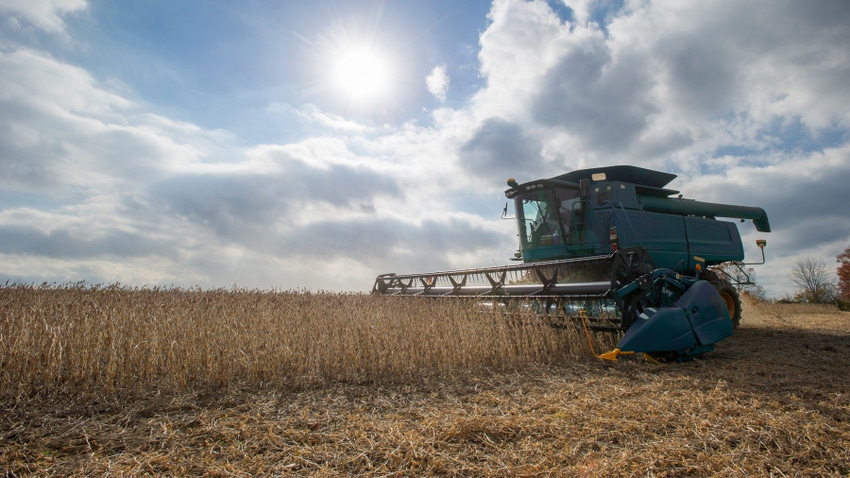
The growing season for many in South Dakota can be summed up with one phrase, according to agronomist Jeff Fuls: “Consistently inconsistent.”
“There were a lot of dry places that suffered from drought, but then we had some areas that had enough rain and looked great,” says Fuls, with Dekalb Asgrow. “The weather was a little all over the board this year.”
With this mixed bag, he says that soybean yields have spanned from 20 to 80 bushels, while quality has stayed more consistent. Meanwhile, harvest has been on pace from previous years.
While soybeans in the region stayed mostly free of disease and pests, corn rootworm made its appearance. “We are seeing an elevated amount of rootworm in the area. Even on rotating ground, we’re seeing increased feeding on corn,” Fuls says.
Concerning weed pressure this season, waterhemp continues to come up, “especially on the soybean side of things,” Fuls says. “A lot depends on each farm’s tillage type. Kochia is the other weed that we typically find here.”
In early October, corn harvest began for some growers. “The corn is drying down extremely fast right now; it’s already down around 16% to 17% moisture, so getting to that corn as fast as possible is going to be a big deal,” he says.
Moving to 2024
Fuls says careful consideration of issues in 2023 can be the key to a successful season in 2024. “Take a look at the broad-spectrum data,” he says. “One of the biggest keys is to utilize widespread data that is the best predictor of performance, to know your ground and make the right management decisions for it.”
A dry, warm winter may be on the horizon for some growers, so he recommends planning ahead with the right hybrids. “Drought tolerance is going to be a big thing we talk about this year — recommendations and practices to help those crops fight against drought,” he says. “There were pockets of severe drought where lighter soils made it worse. But there were those others that were great, so it gets back to knowing your ground.”
To fend off noxious weeds, Fuls says a preemergent herbicide is essential. “Using pre is probably the biggest factor on both corn and soybeans to keep that weed pressure down in the early season,” he explains. “That’s my biggest recommendation, and then following up with another residual to layer those products. We’ve seen this layering of residuals be very beneficial, especially on the soybean side.”
About the Author(s)
You May Also Like






